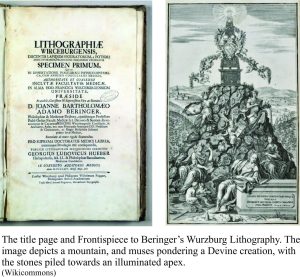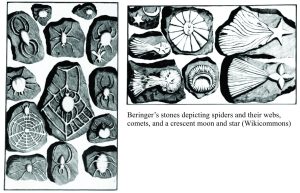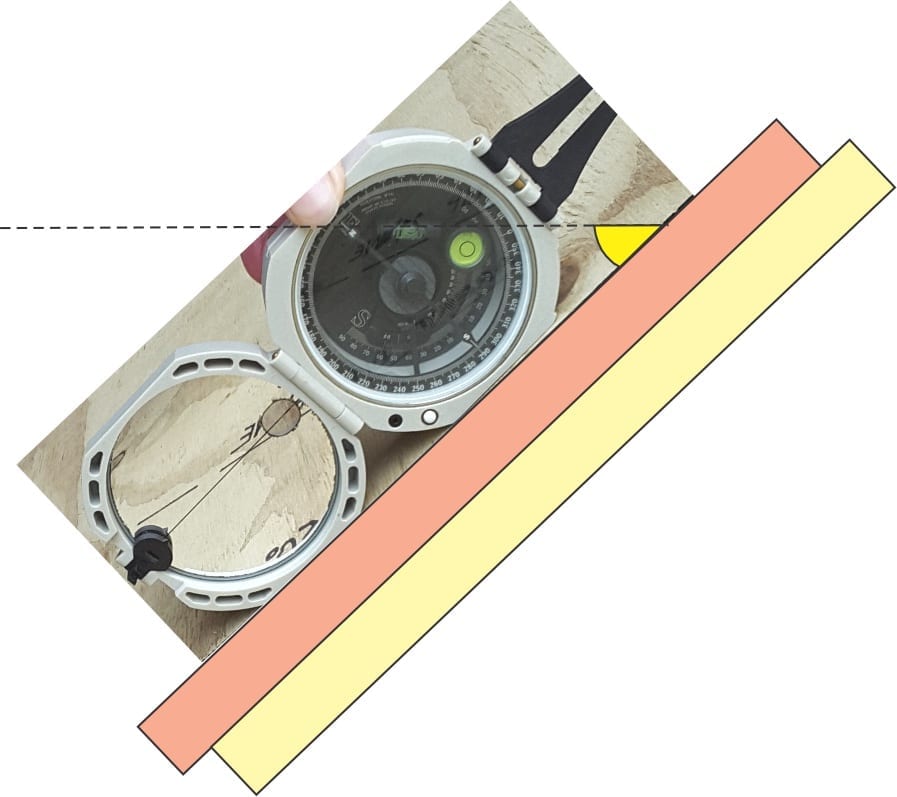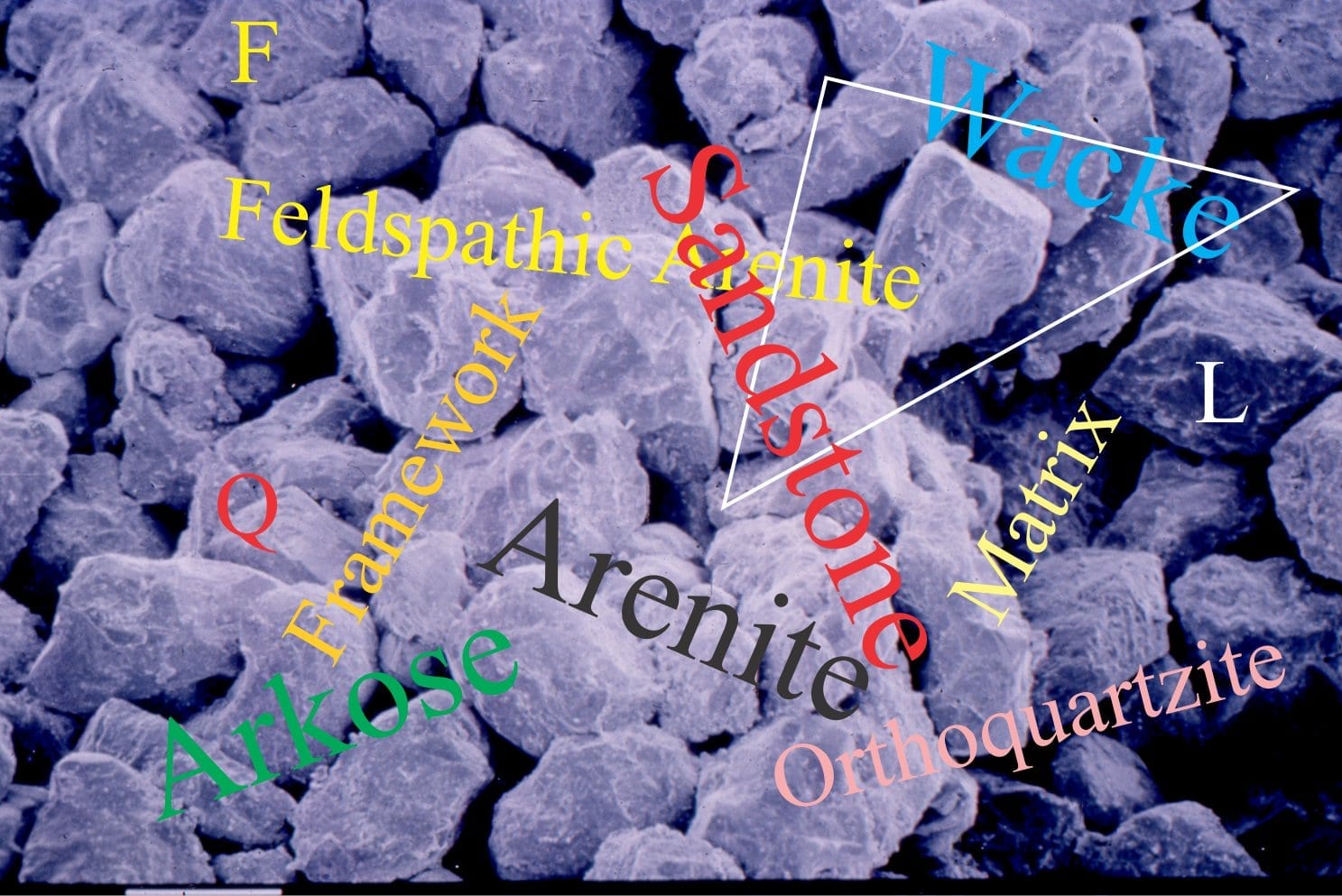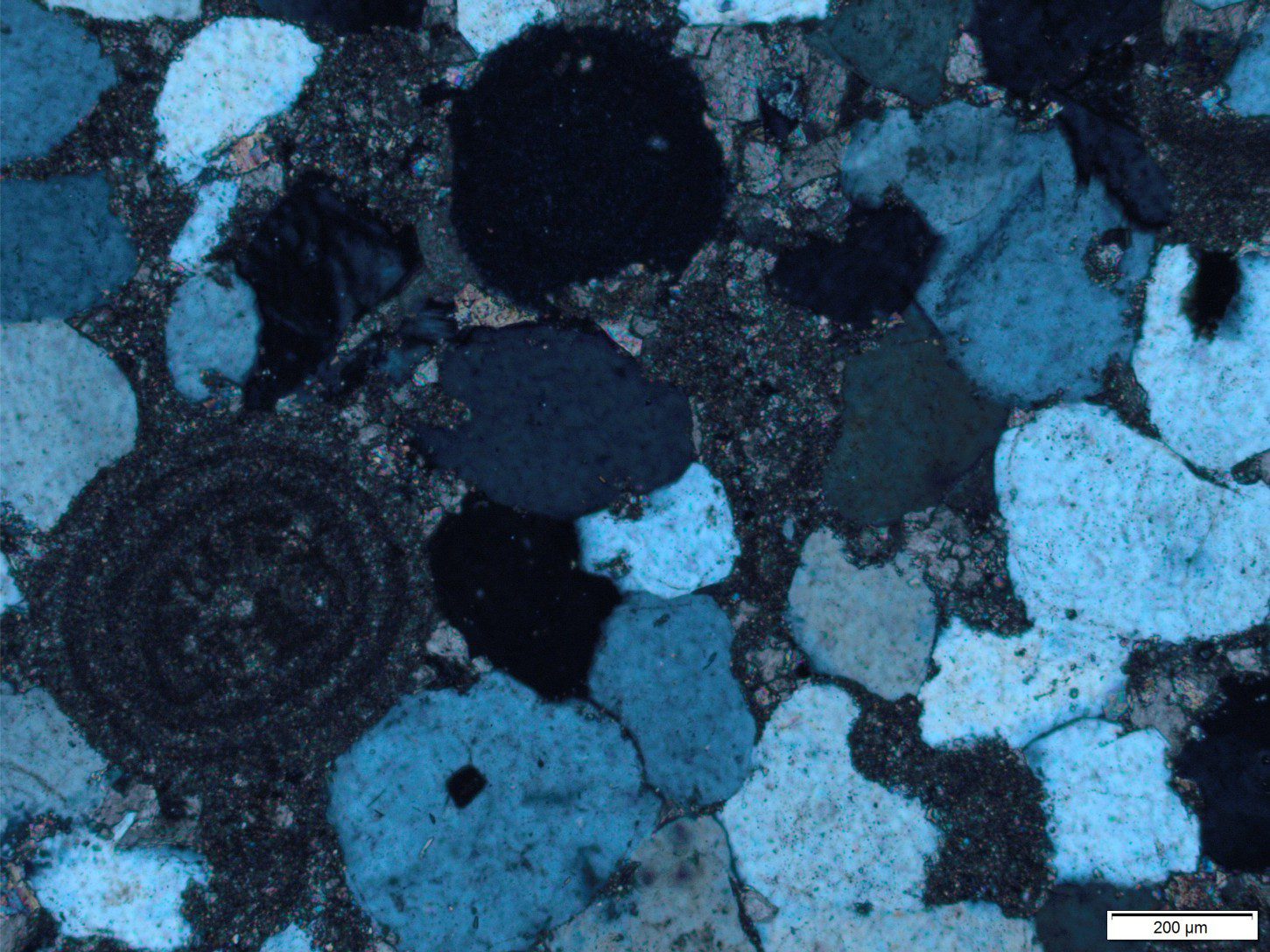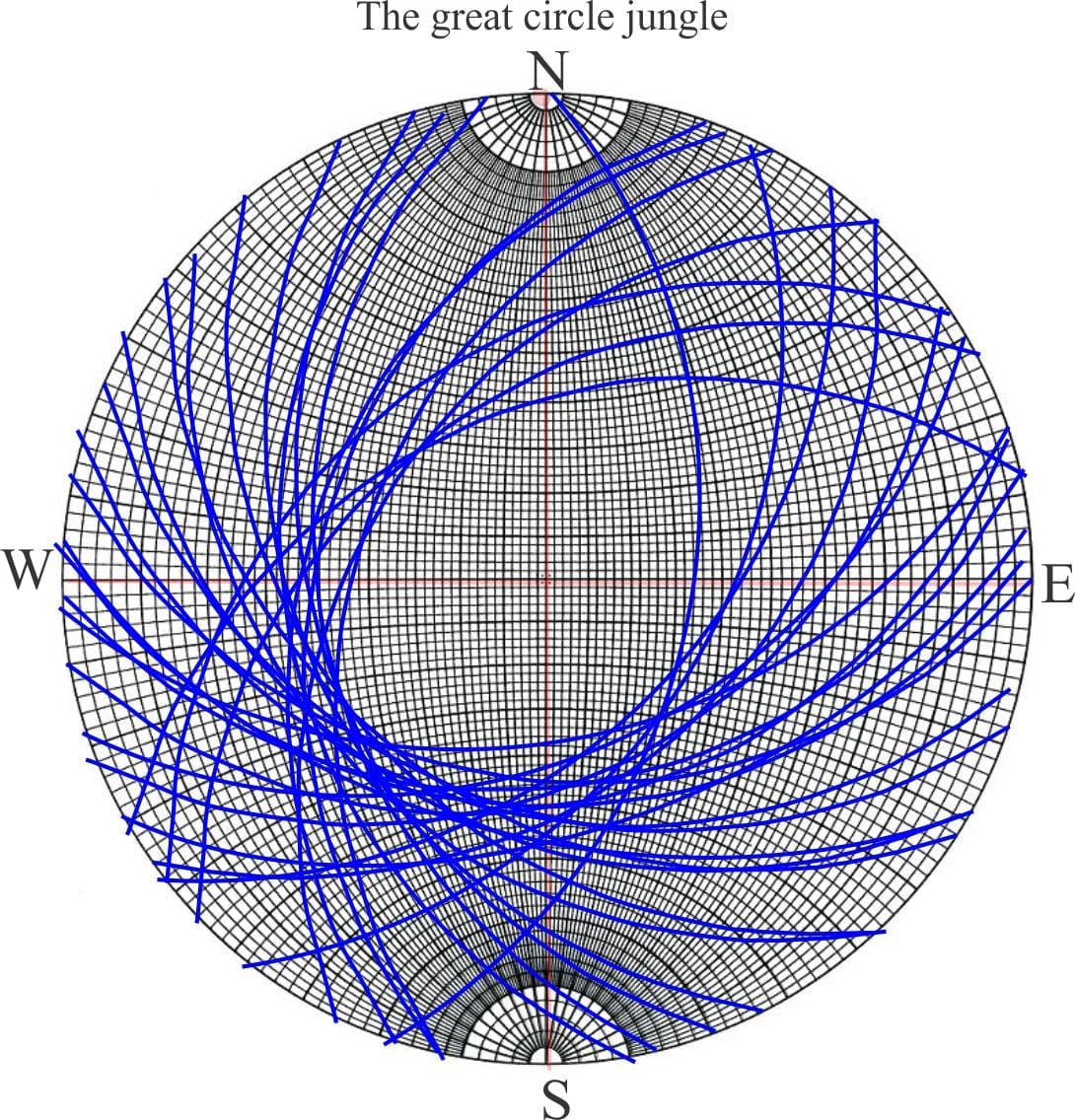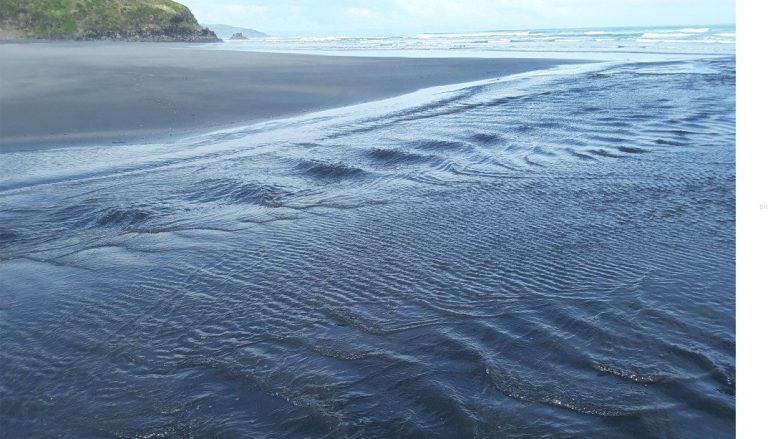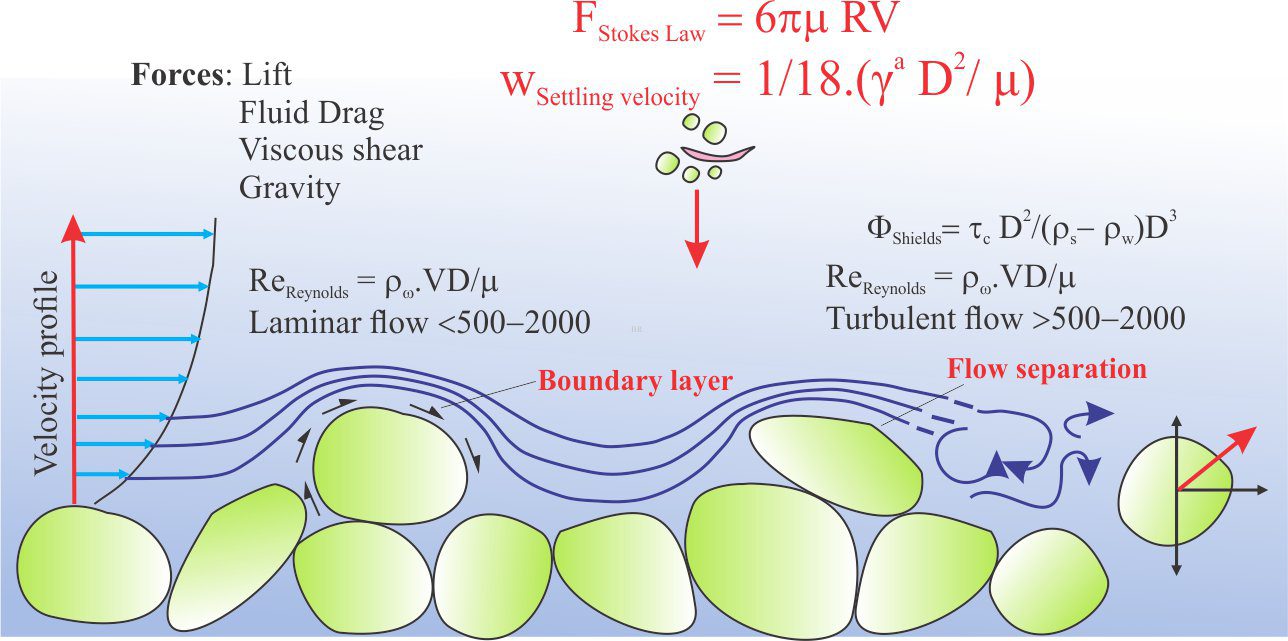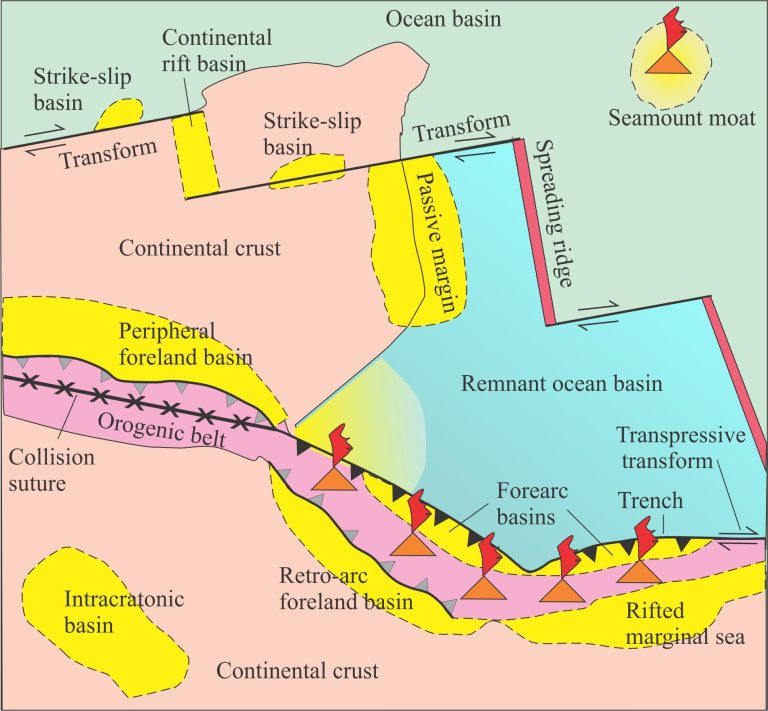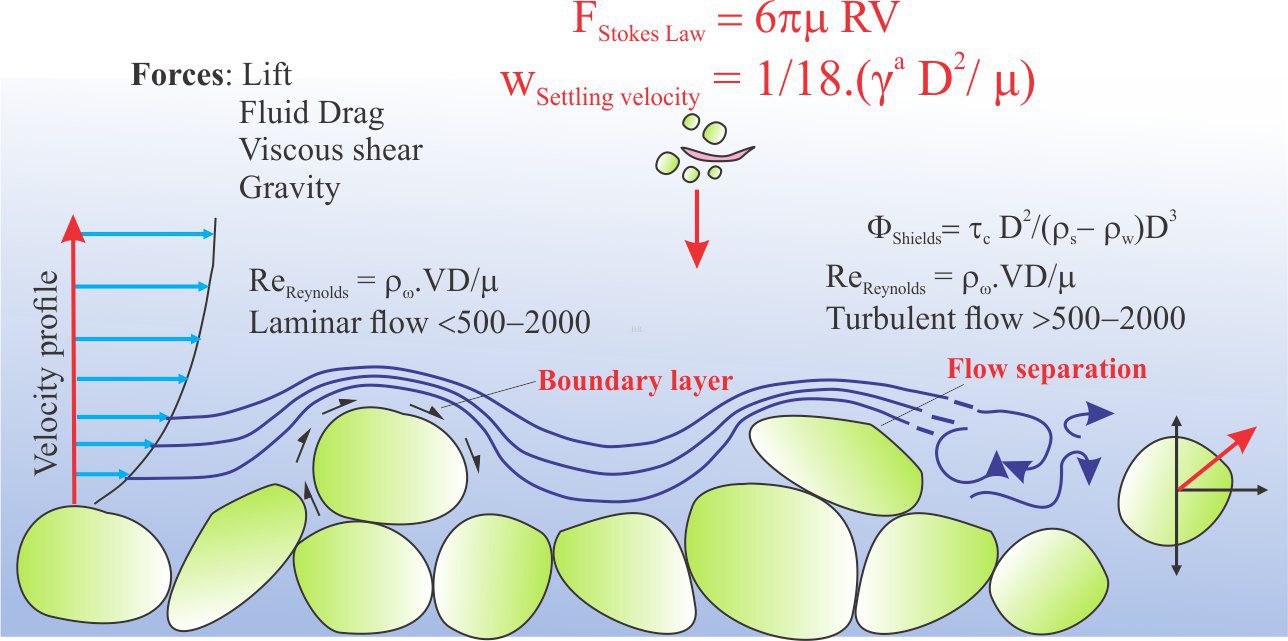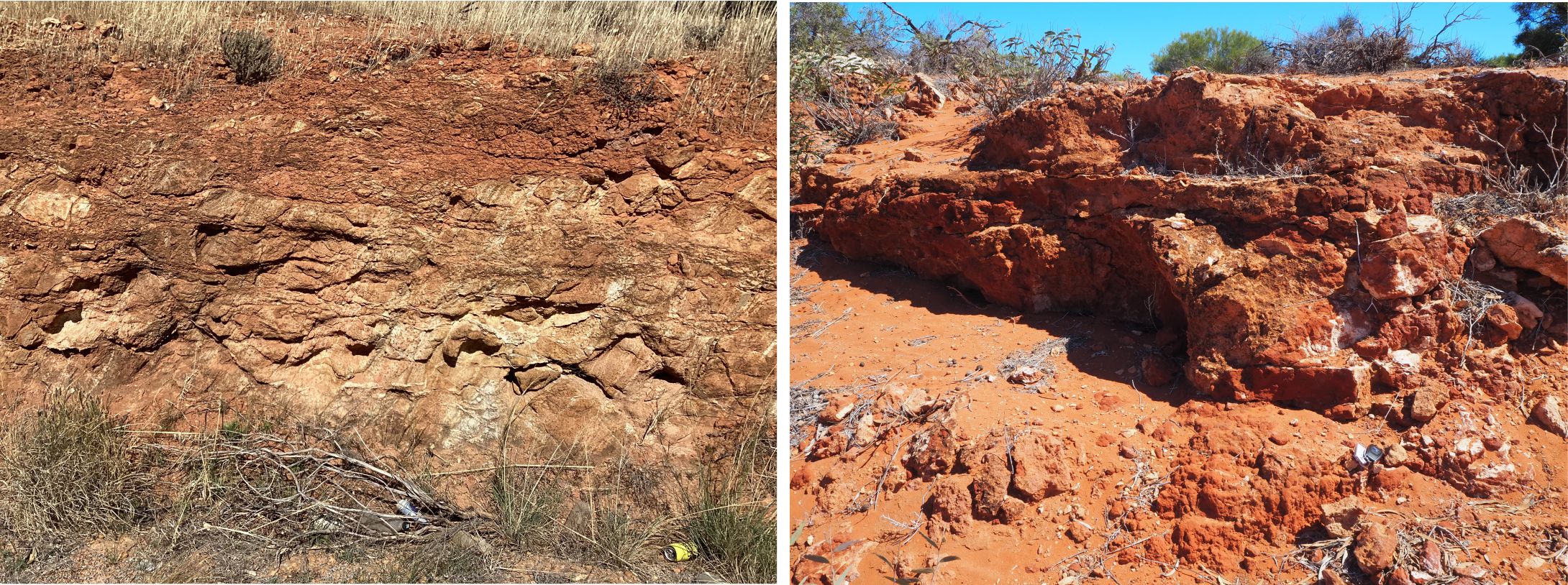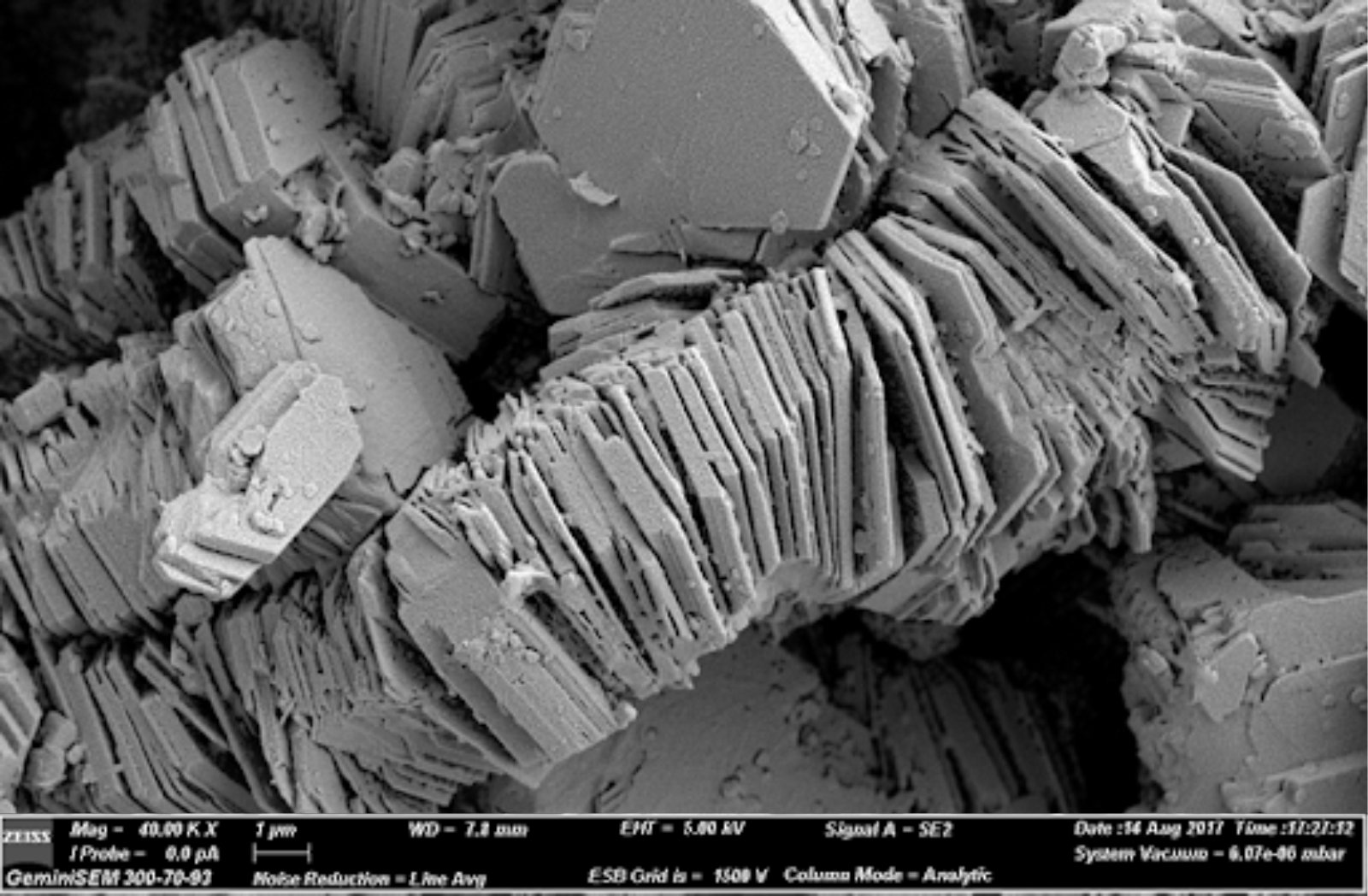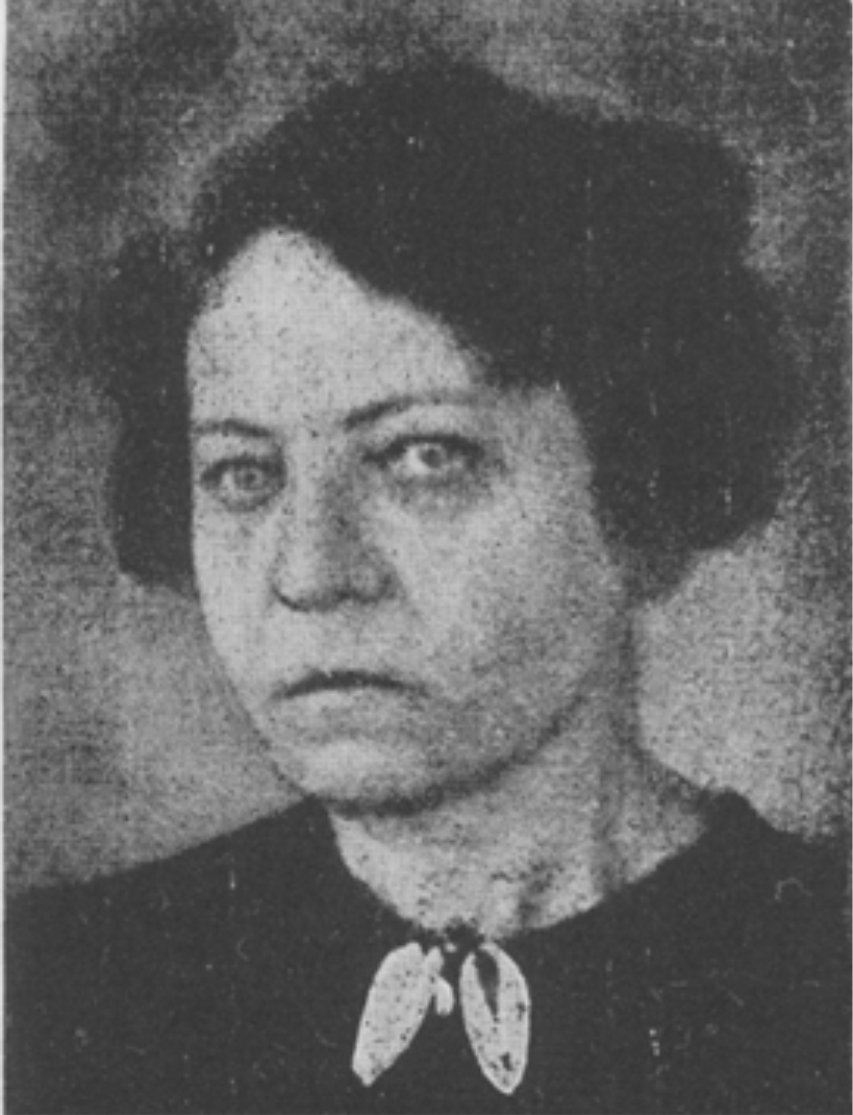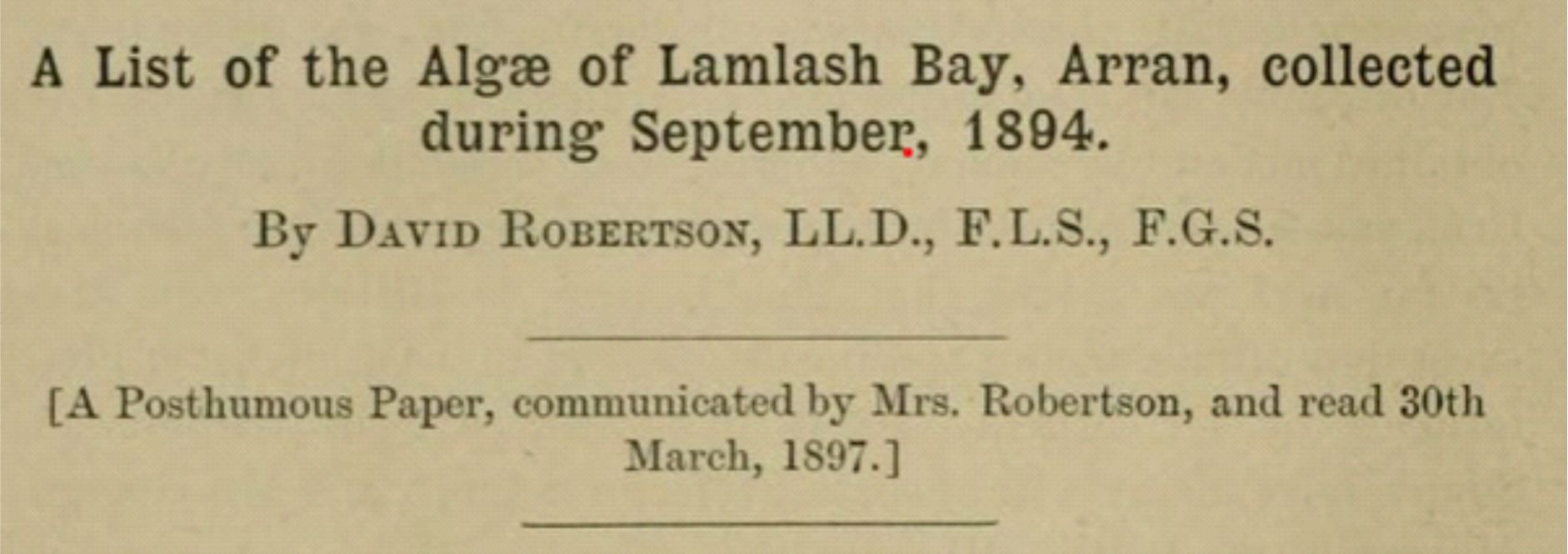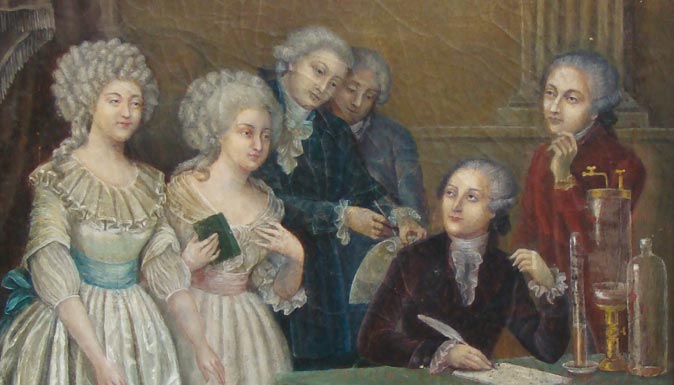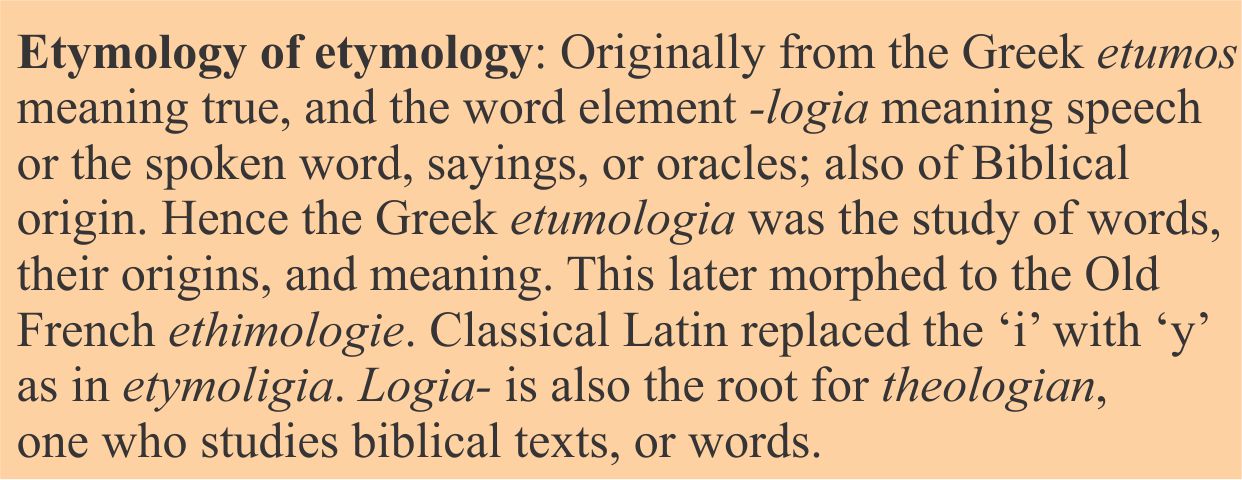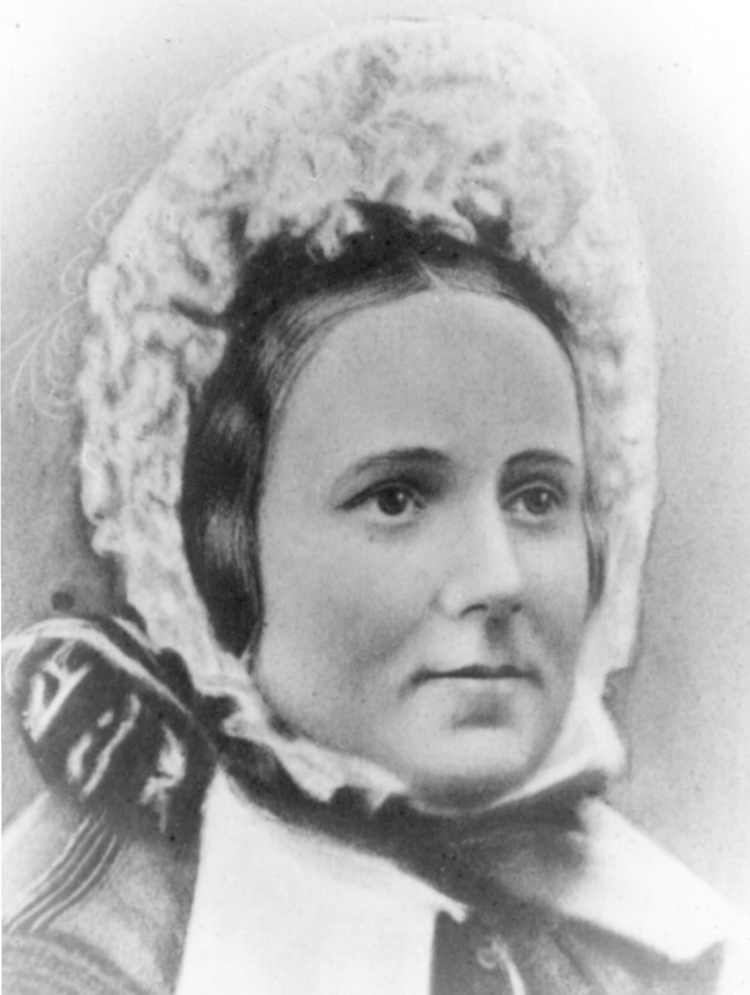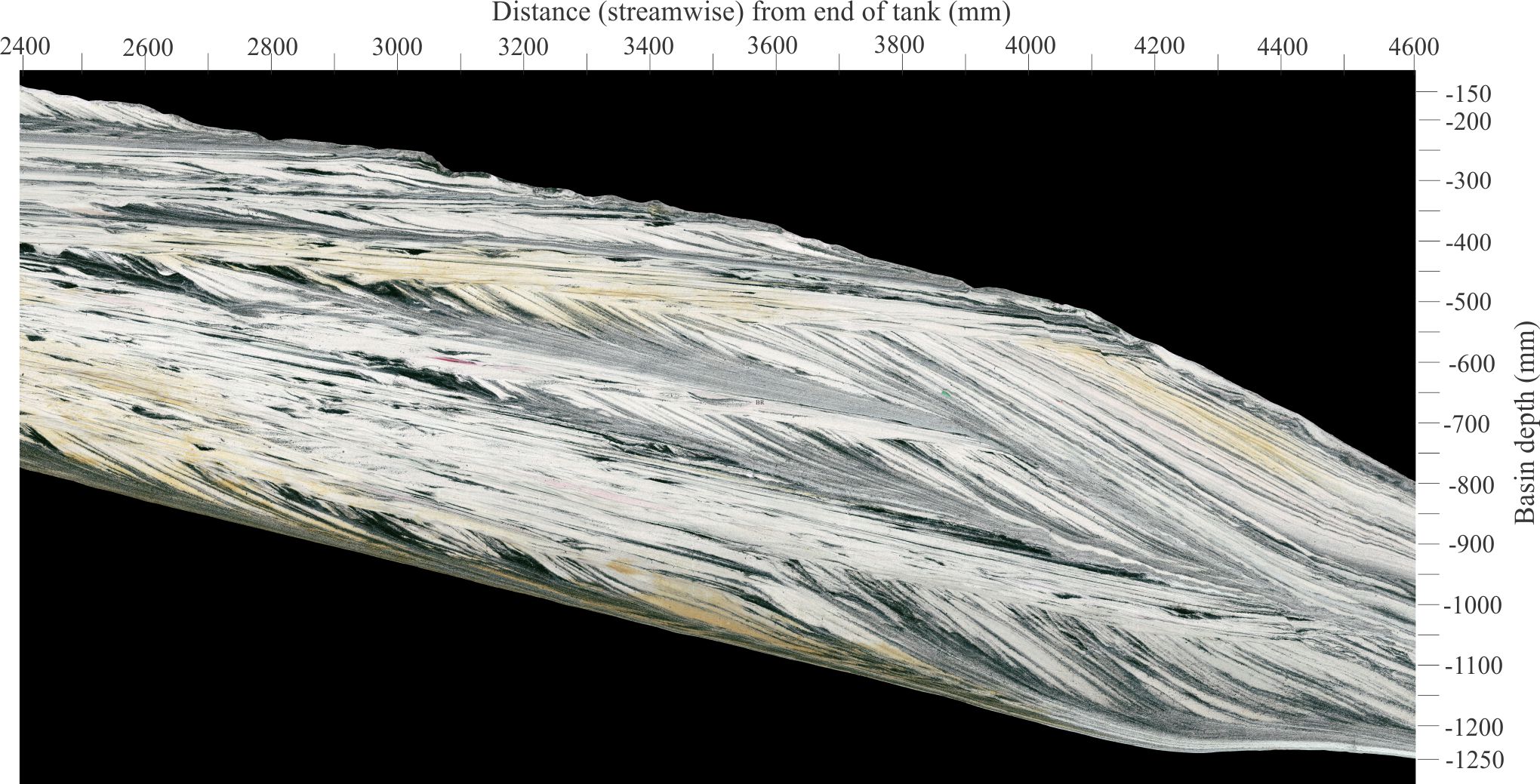A tale of scientific fraud and personal hubris
My second-year university Geology wasn’t particularly notable except for a bit of academic trickery. A group of us near-do-well students created a fictitious student and added his name to exam lists, penning grades that were middle of the road, to avoid catching the attention of academic staff. The charade ended when a lecturer asked to meet this person. Our creation quietly disappeared, having, in the interim, amused us and annoyed a few teachers; but no crime had been committed, no careers jeopardised.
Prankish behaviour has its place in the halls of social amusement. Even Henry VIII and all the preceding Henrys had their court jesters. But pranks can morph into deceit, and even outright fraud. The history of science is littered with the skeletons of deceivers, fraudsters, and general shysters. In cases like the notorious Piltdown Man, the science of human evolution was set back several decades until the fraud was uncovered, with more than one career and ego bent out of shape.
Self-deception, or observational bias on the part of those duped, goes hand in hand with the act of deceiving – something that the trickster relies on. An excellent illustration of this symbiosis, and a story that invokes a degree of incredulity, involved the 18th century physician (today we might call him a paleontologist), Johann Bartholomew Adam Beringer. Beringer taught natural philosophy, among other things, at Wurzburg University, Germany. He was regarded by his colleagues as pompous, pedantic, and arrogant (not just one of these traits, but all three).
Beringer studied real fossils. In the course of his investigations, three students showed him some stones they had collected from a site on Mt. Eivelstadt. Each stone contained a remarkable fossil, preserved in a kind of bas relief. There were lizards preserved in such exquisite detail that the eyes and skin patterns were still visible, birds with feathers, a pair of copulating frogs, spiders and their webs, various insects, flowers, leaves, and to top it off, comets with tails, the sun, and the moon (complete with beams). There were even stones containing Hebrew letters. Beringer did not question the authenticity of these remarkable stones. Popular telling of this tale suggests that Beringer ignored most of the obvious signs of the deception, and he subsequently included descriptions and sketches of the fossils in a volume published in 1726.
The classic tale tells that, sometime later, Beringer found a stone with his own name on it, and it was at that point he recognized the dastardly plot. A university enquiry discovered two of Beringer’s colleagues were the main perpetrators; the students who initially presented Beringer with the stones, were mere go-betweens. The two colleagues, Professor Ignatz Roderick and Hon. Georg von Eckhart, had carved the Lying Stones (as they are now called), perhaps hoping to teach Beringer a lesson. However, their project was too successful, and following the enquiry, both spent some time in disgrace.
Stephen J. Gould wrote a wonderful essay on Beringer and the nature of his deception. When we look at images of the Lying Stones, it seems inconceivable that anyone could be duped into thinking they were real – comets with tails, a spider’s web? But this was the early 1720s. And while Bach and Handel were at their creative best, witches and heretics were still being burned at the stake. As Gould notes, the reality of fossils at this historical juncture was still being contested. The church regarded these objects as inorganic, mineral distillations; there was no doctrinal place for such objects as the remnants of ancient life forms. This thesis was certainly being challenged by Beringer’s contemporaries, but Beringer himself believed that the stones had been shaped by God; hence his willingness to accept even the apparent absurdity of a petrified moon complete with moon beams. This was direct evidence for Divine creation. It seems he accepted this interpretation of the stones, even after the fraudsters had left clues to the deception. Perhaps, as Gould suggests, he imagined fame and fortune from his discovery.
Beringer’s opinion on these matters was known to the university. Roderick and von Eckhart took advantage of this, but I wonder if they thought that most of the stones lied a little too much for anyone to be taken in? Beringer’s Lying Stones are not as iconoclastic as the Piltdown debacle; the damage was confined to a few individuals. The fraudsters were disgraced, for a while anyway. One tale has Beringer dismayed and dying a pauper, but another has him recovering enough to continue teaching at the university. His gift to posterity was a collection of stones that most people today would look upon with amusement.
Stephen J Gould, 2000. The Lying Stones of Marrakech: Penultimate Reflections in Natural History. Harmony Books.
